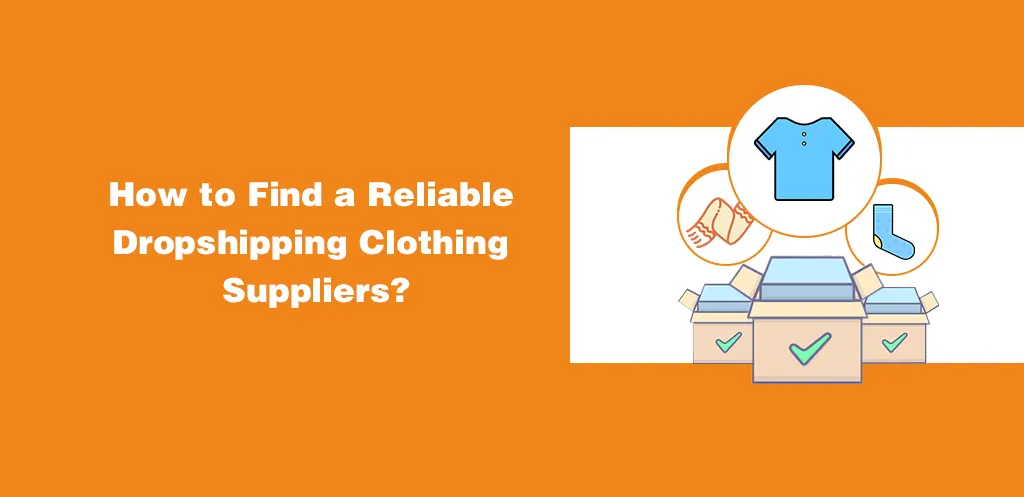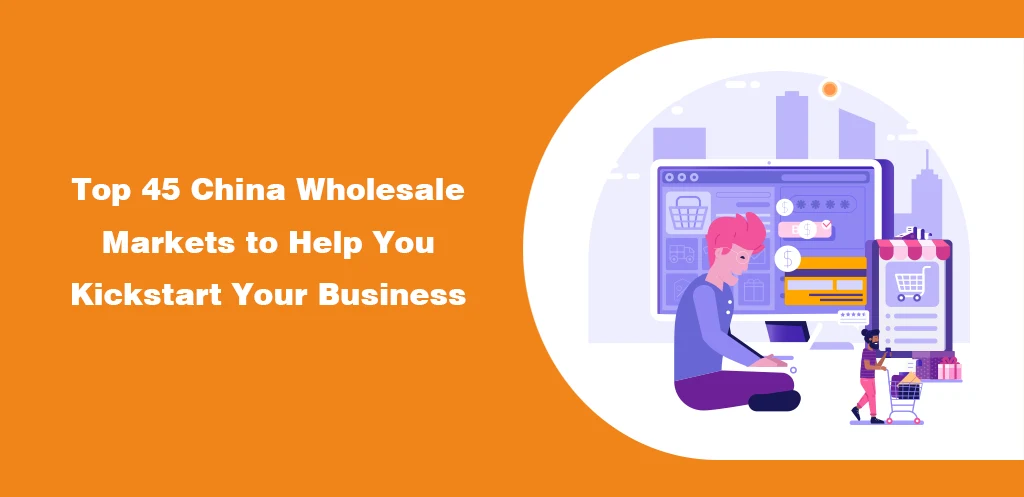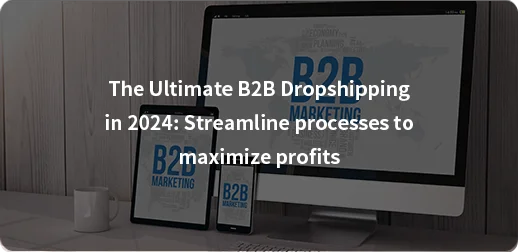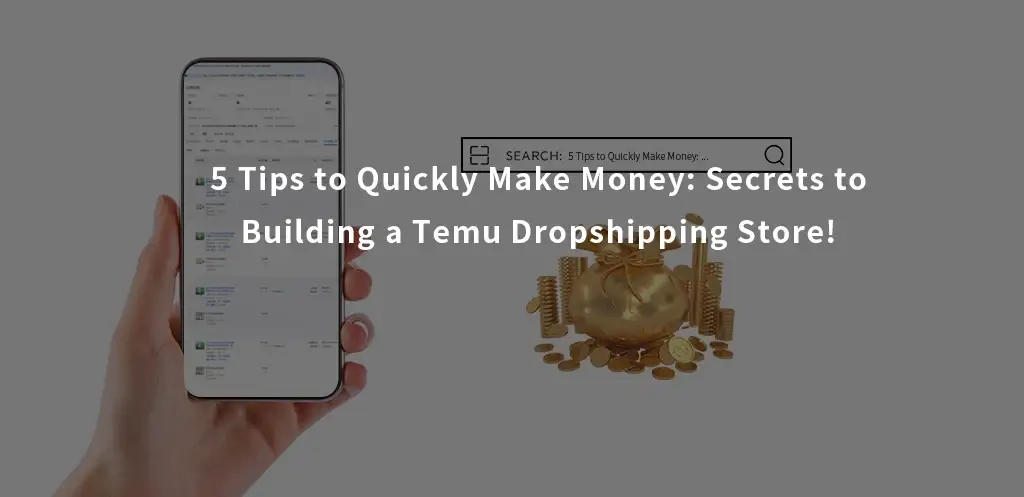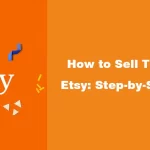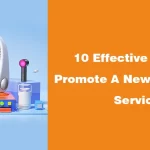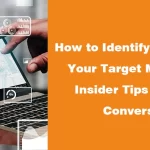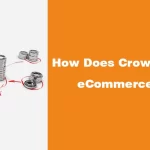Both Google Ads and Facebook Ads are leading advertising solutions as they command huge audiences and offer the potential for high conversion rates when used effectively.
Regardless, choosing between the two can be tricky because both options have unique benefits and the scenarios best suited to each.
So, today to clear up any confusions you may have, I’ll walk you through both advertising programs, the types of ads they offer, how they work, and ultimately, which of them is better for your dropshipping business. Ready? Let’s begin!
What Are Google Ads?

Google offers several advertising options on a PPC or pay-per-click basis. (This means you pay for your ads depending on how many times people click them.)
All types of Google Ads can be effective for promoting your dropshipping products. But the trick is to choose the right one for your audience and advertising goals more often than not.
To get started, set up your Google Ads account, set up an ad campaign, and proceed to choose your preferred ad type. Here’s the lowdown on each type of Google ad.
Google Search Ads
Google Search Ads appear when a user makes a search that’s relevant to the product. And it typically appears at the top, middle, or bottom of the page along with Google’s organic results.
Here’s an example of search ads for the keyword “shoes.”
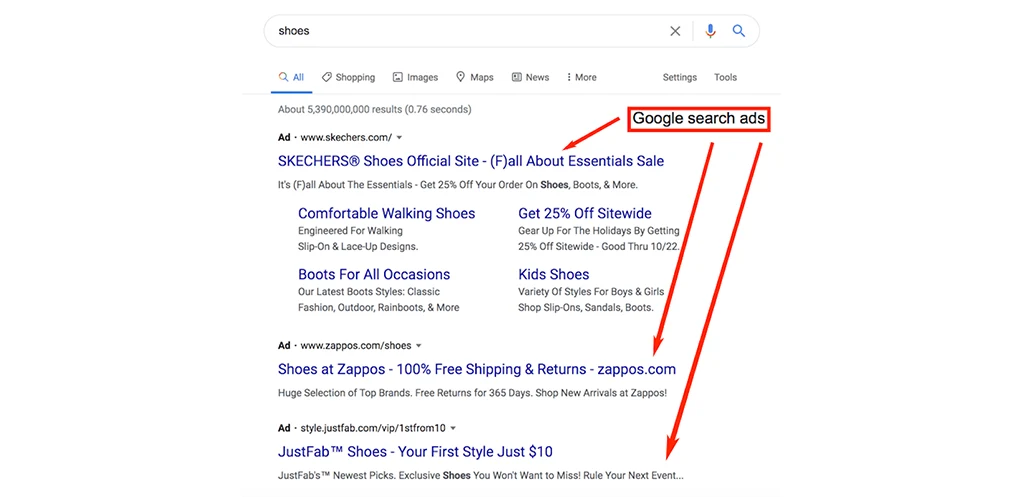
The search ads Google displays, like regular organic results, depend on the keywords the campaign targets in the first place. So, research the right keywords to target based on your dropshipping products and even what keywords your competitors target.
As you organize your ad campaign, Google will ask what your PPC budget is, i.e., how much you’re willing to pay for a click on your keywords/ads. Like an auction, the more you are willing to pay, the higher Google will rank your search ad and the more visits you will receive.
Google Video Ads
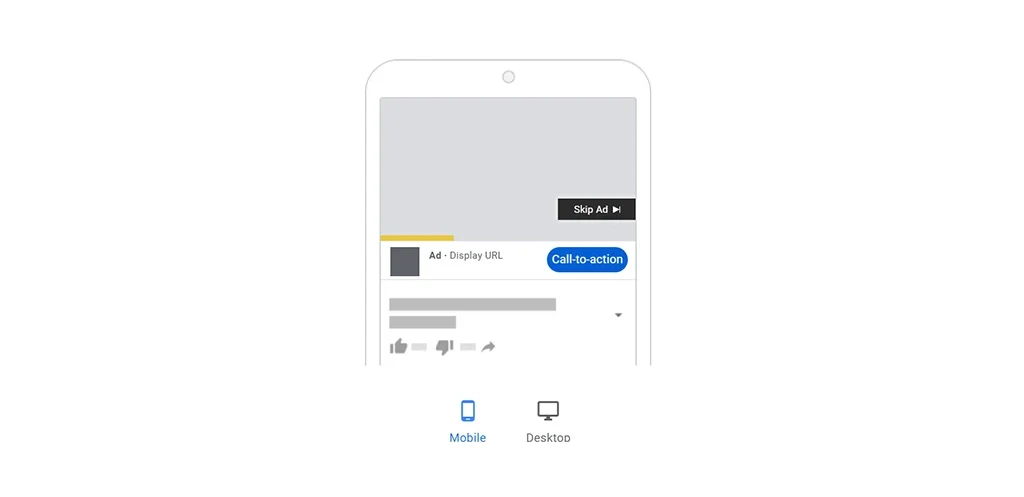
Google Video Ads are ads that display before, during, and after a YouTube video. And on YouTube search results like regular Search Ads.
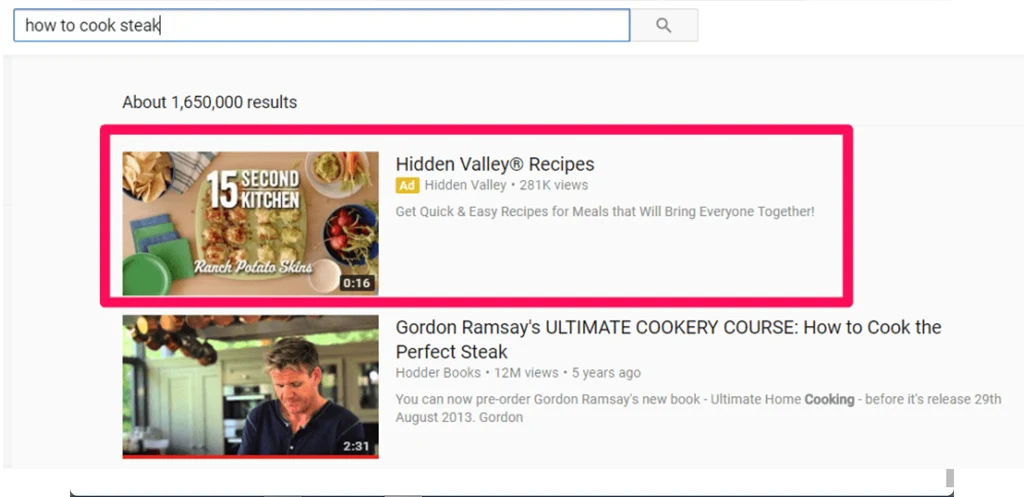
If you seek a more visual and interactive Google Ads option, look into this Google Video Ads.
Compared to Google Search Ads, optimizing your Google Video Ads is way simpler. As you set up the ad campaign, Google will ask you:
- What are your advertising goals? (i.e Website or YouTube traffic and engagement.)
- Where do you want users to go after clicking your ad?
- Who do you want to view your ads?
- And how much are you willing to spend?
Once you define these parameters and upload the video, Google will follow your answers to ensure the right audience views your ads.
Google Shopping Ads
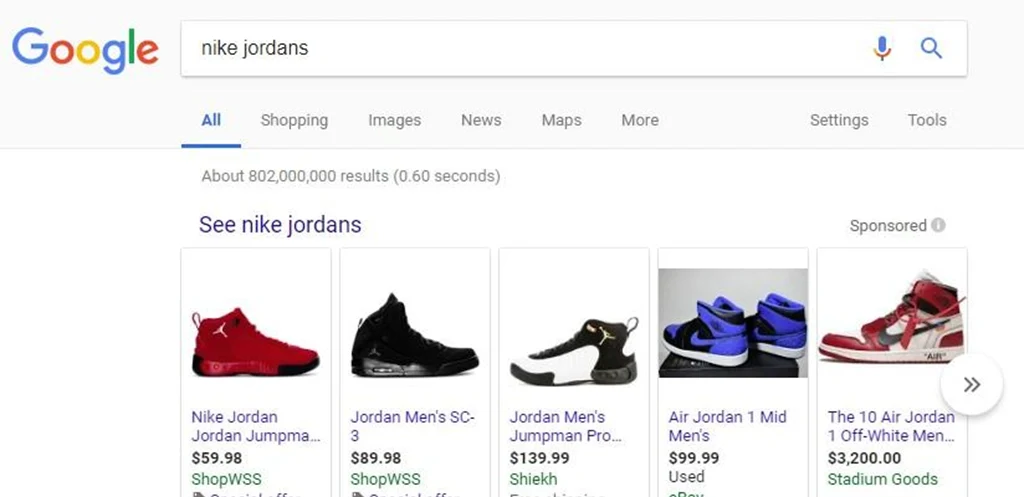
A Google Shopping Ad contains an image of one of your store products, its price, your store’s name, and sometimes a product rating. Google Shopping Ads appear:
- At the top of search results
- On Google Display Networks like YouTube and Gmail
- On Google partner sites
When it comes to Google shopping ads, most experts recommend optimizing your store’s imagery to include high resolution product photos. Luckily, we offer professional photo and videography support for dropshippers like you.
To set up your Google Shopping Ads, you’ll have to connect your store’s product data to the Google Merchant Service Center and then create your ad. Google will then use your data to tailor ads to specific people, like searchers looking for products.
Google Display Network Ads
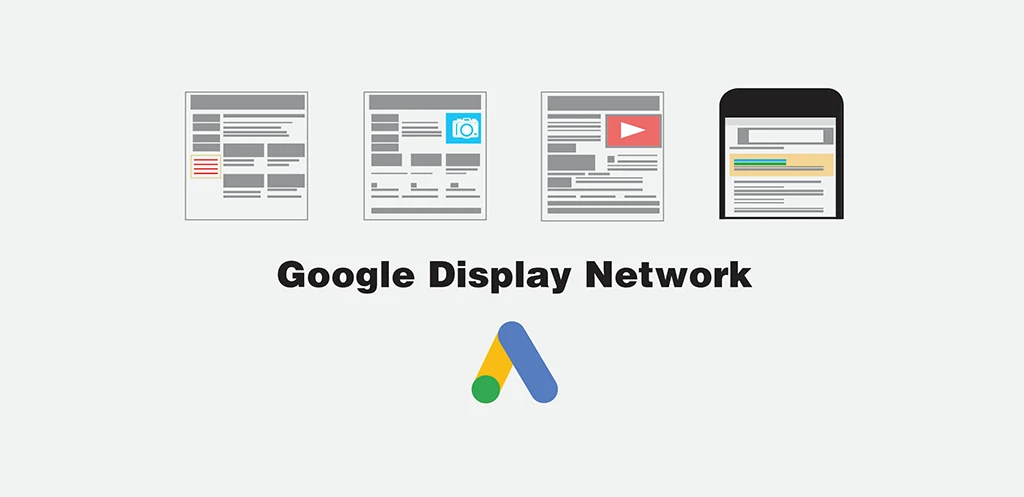
The Google Display Network refers to a collection of apps, websites, and platforms led by Google where Google Ads can be displayed. Two examples are YouTube and Gmail. GDN ads only contain a product photo, a brief product description, and a link to your store.
GDN ads are in a class of their own as Google highly optimizes them for targeted advertising. During the ad campaign, Google will allow you to choose your audience demographics, such as:
- Gender
- Age range
- Social interests like fashion, hockey
- Life aspects like parenting
- And location
When you Google Ads campaigns start bringing in customers, your next goal should be retaining them. For that, you can rely on an expert fulfillment provider. They’ll help you ensure customer satisfaction by processing and shipping customer orders swiftly!
Google Ads Pros:
Extensive reach
One of Google Ads greatest strengths is its reach. Google processes over 40,000 search queries per second (with search ads displayed), amounting to 92% of all search engine activity.
Plus, Google also displays your ads on the Google Display Network, which reaches up to 90% of all internet users around the world.
High purchase intent audience
Another strength of Google Ads is its high-intent nature.
Since Google matches ads to people who search for keywords relevant to your business, those who eventually click are often high-intent searchers ready to purchase on the spot or learn more about your products.
Google Ads Cons:
Can be tricky for beginners
To succeed with Google Ads, you should keep your keywords up to date and your landing page optimized.
If you’re still learning the ins and outs of dropshipping marketing, you may find Google’s ads options overwhelming, and your ads may not perform well.
Bidding wars
Even though you get to choose your ad budget, keyword bidding can get quite competitive.
When you have a bunch of competitors who are bidding aggressively and have larger advertising budgets, you’ll find that you might have to stretch your ad budget significantly to get any traction.
What Are Facebook Ads?

Now that we’ve covered Google Ads, let’s explore Facebook’s advertising options.
Facebook’s offer numerous ad types that bill you based on the number of impressions and clicks your ad gets. Impressions are simply the number of times your ads are displayed and viewed, while clicks are the number of people who tap on your ad to learn more.
To set up Facebook Ads, you have to:
- Create a Facebook business account for your dropshipping store
- Set up a Facebook Business Manager account
- Open a Facebook ad account via your Business Manager account
- Link your Facebook Business Manager to your Facebook business account
Once you set these up, it’s time to craft your ad campaign. These are your options:
Single Video Ads
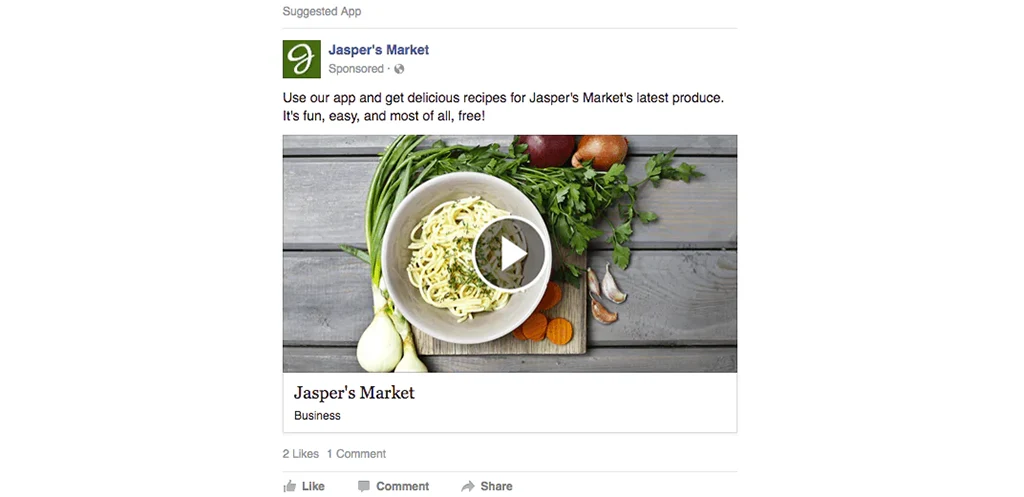
Facebook Single Video ads allow you to demonstrate your products in video format, along with a brief text description.
On average, Facebook video ads drive the highest CTR (click-through rate).This is because they have a high potential to engage and create an emotional customer connection when used right.
Since Video ads appear on Facebook, Instagram and Facebook Messenger feeds, you’ll need to edit your video accordingly to match each platform’s lengths and dimensions.
Single Image Ads

Facebook Single Image ads consist of a single photo and a brief description. This might seem limiting, but you can modify the image to include different angles of your product, its price, and your store details.
For the best results with your Single Image ads, use captivating and curiosity-inducing images that are informative but not too “busy” that users scroll past it. Use the description to include any important details that couldn’t fit into the image.
In this vein, when you need attention-grabbing photography for your Facebook Ads, choose top notch photography services to ensure your visuals truly stand out.
Slideshow Ads

As the name suggests, Slideshow ads are made by collating up to five images, short videos, and caption images into one ad. Think of it like Facebook or Instagram highlight reels.
Slideshow ads are great because they display more content, yet Facebook optimizes them to load easily on mobile devices.
Carousel Ads
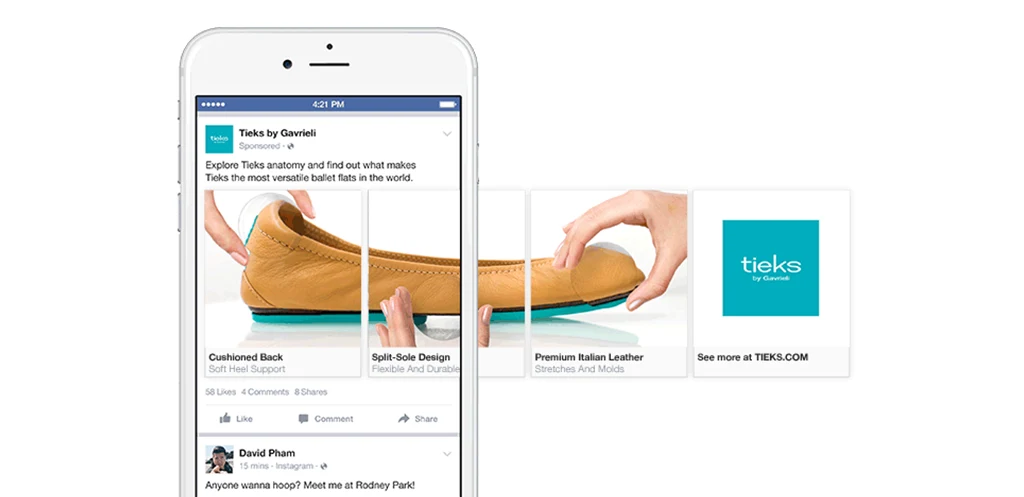
Carousel ads are a more detailed ad type that lets you showcase your product in up to 10 images per ad. Interested viewers can then scroll through to view their content.
Carousel ads aren’t much different from slideshow ads. The only difference is that this option can be more effective when you want to showcase a product from different angles/applications or when you want to advertise several products under one theme.
Instant Experience Ads
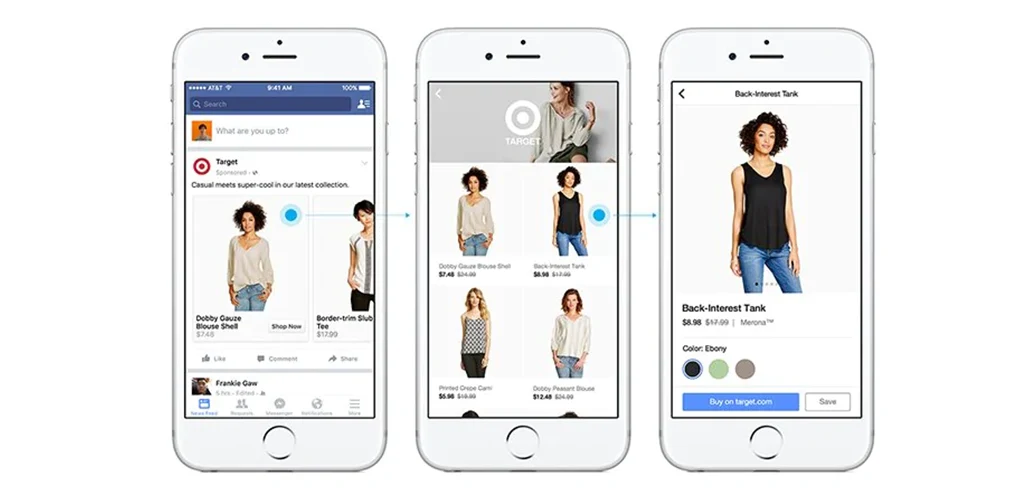
Instant experience ads are simply a full-screen image or video ad that leads to more images in carousel format.
How it works is that when a user clicks on the mini ad, the screen loads to a full-page ad. This expanded version will now display the primary video/photo with a carousel display at the bottom.
Like slideshow ads, Facebook optimizes this ad type to load fast on both computers and mobile devices.
Poll Ads
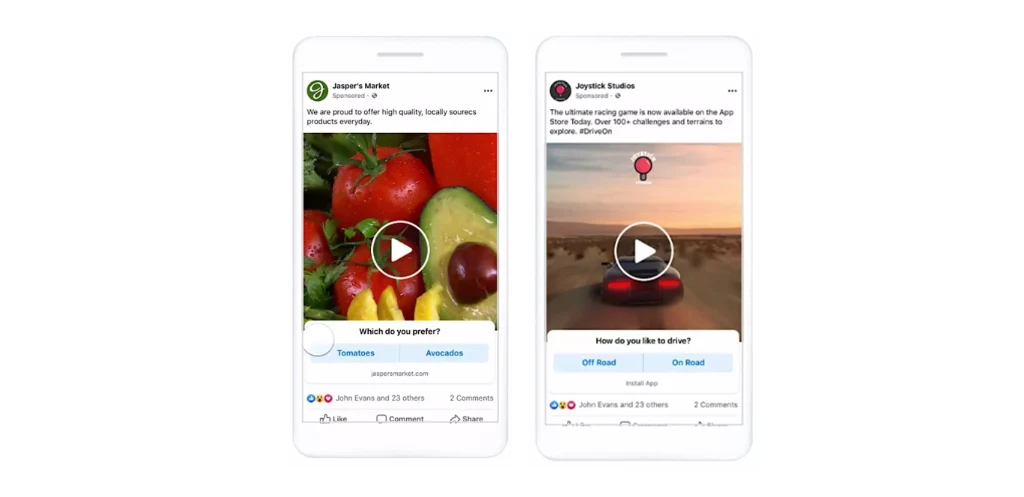
Poll ads are an interactive ad type that’s less for advertising products and more for getting to know your audience.
They allow your audience to vote between the options you present in your poll. In your scenario, it’s an ideal tool to use to generate feedback and interest in your dropshipping products.
Collection Ads
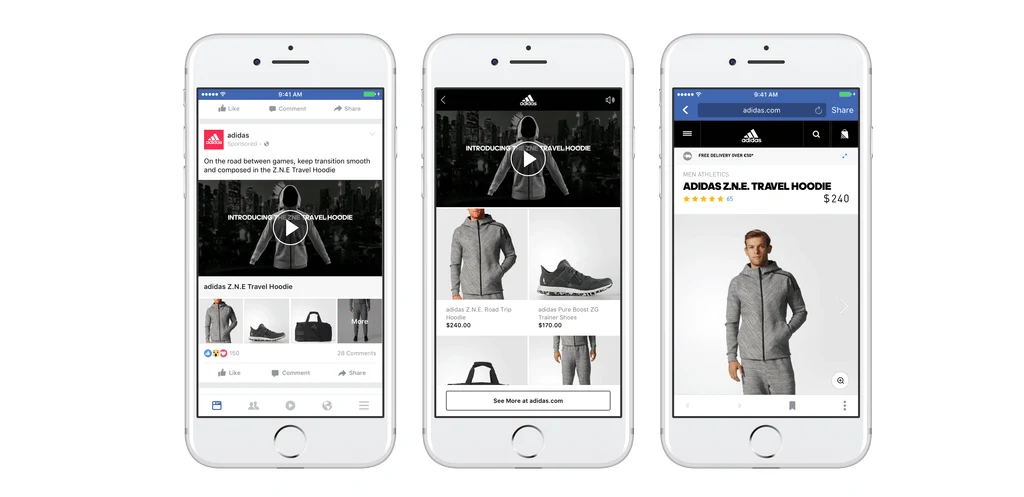
Collection ads work by displaying a main image or video with others below in a carousel format.
Like the Instant Experience ads, it starts as a smaller ad but when users tap on the ad it expands. They can then view the product in more detail and purchase without leaving Facebook.
Collection ads are a must-have in your ad toolbox because they make it possible for potential customers to discover a product and buy it on the spot. This helps boost conversions, as customers are more likely to buy a product when the purchase process is straightforward.
Facebook Ads Pros:
Advanced targeted marketing
Facebook is a platform where over 2 billion users share lots of personal information and insights.
Unlike other advertising platforms, your targeting options go beyond age, location, and gender. You can target potential customers based on interests, like who they follow and the media they consume, as well as life events, like new jobs, relationships, and pets.
Community building and interaction
It’s said that customers are more loyal to brands themselves than products.
Facebook’s advertising options support creativity and allow you to design memorable ads that build customer relationships. Plus, poll ads let you interact with potential customers and build rapport.
Facebook Ads Cons:
Learning curve
All types of Facebook ads have a lot to offer. But learning how they all work, as well as their metrics and customizations, can be tricky. This is why it may take some time to see even modest results when you’re approaching Facebook ads as a beginner.
Competition
Just like on Google, the competition on Facebook is fierce. Catching the attention of potential customers and having your ad stand out from friends’ updates can be challenging, especially as you have hundreds of competitors sending out ads every day as well.
So, when should you use Google Ads, and when should you use Facebook Ads?
Choose Google Ads when:
- Your dropshipping products are well-known in the market. The consciousness of Google Ads isn’t ideal for introducing new products.
- Your products fulfill a specific need. Since Google Ads are keyword-based, your ads will hardly be relevant enough for Google to display when users are unlikely to search for them.
- You’re targeting a broad audience. Unlike Facebook Ads, Google is not a niche marketing platform that caters to specific audiences. So, Google Ads might be a good choice when you want to target a diverse audience.
Choose Facebook Ads when:
- You’re targeting a niche audience. As I said, Facebook offers very in-depth and nuanced targeting options, so you can use it to reach your ideal audiences and market products that otherwise don’t get much search traffic on Google.
- You want to build brand awareness. Intrinsically, Facebook is a more engaging and interactive platform than Google. And with ad options like polls, carousels, and collection ads, you can leverage this interactivity to build brand awareness.
Final Thoughts
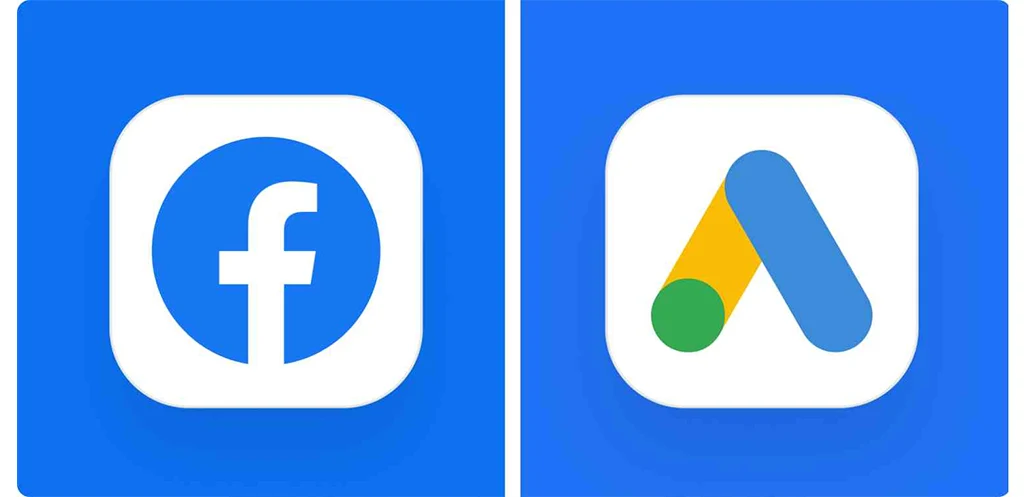
To sum up, use Google Ads when you want to make immediate sales from high-intent search results. On the other hand, use Facebook Ads when you want to reach new audiences, grow brand awareness, and market newer products that your audience is less familiar with.
If you found this guide helpful, then you’ll be pleased to discover our guide to using TikTok to boost your business and gain thousands of orders. Make sure you give it a good read.

